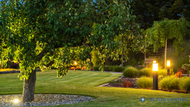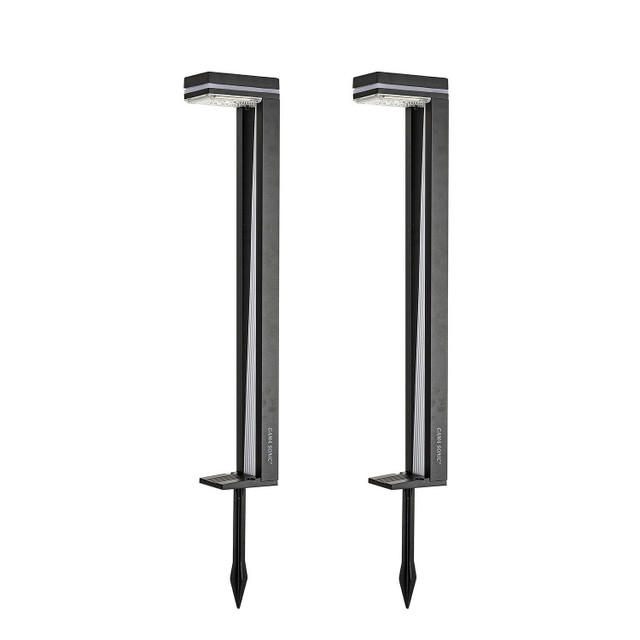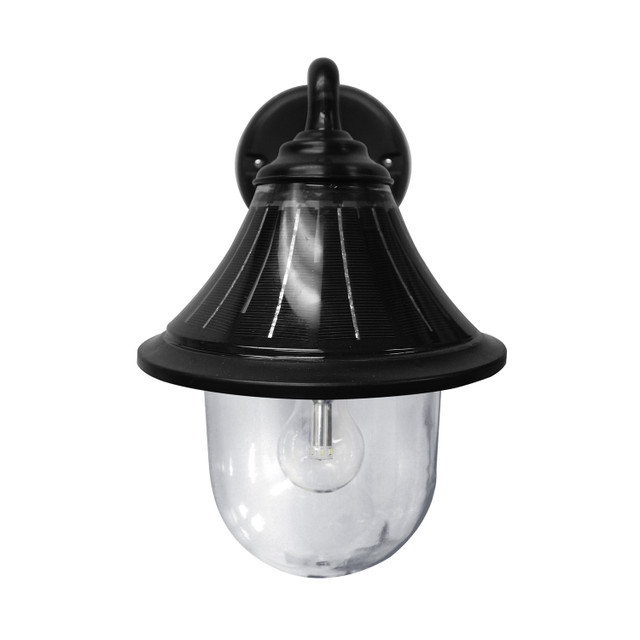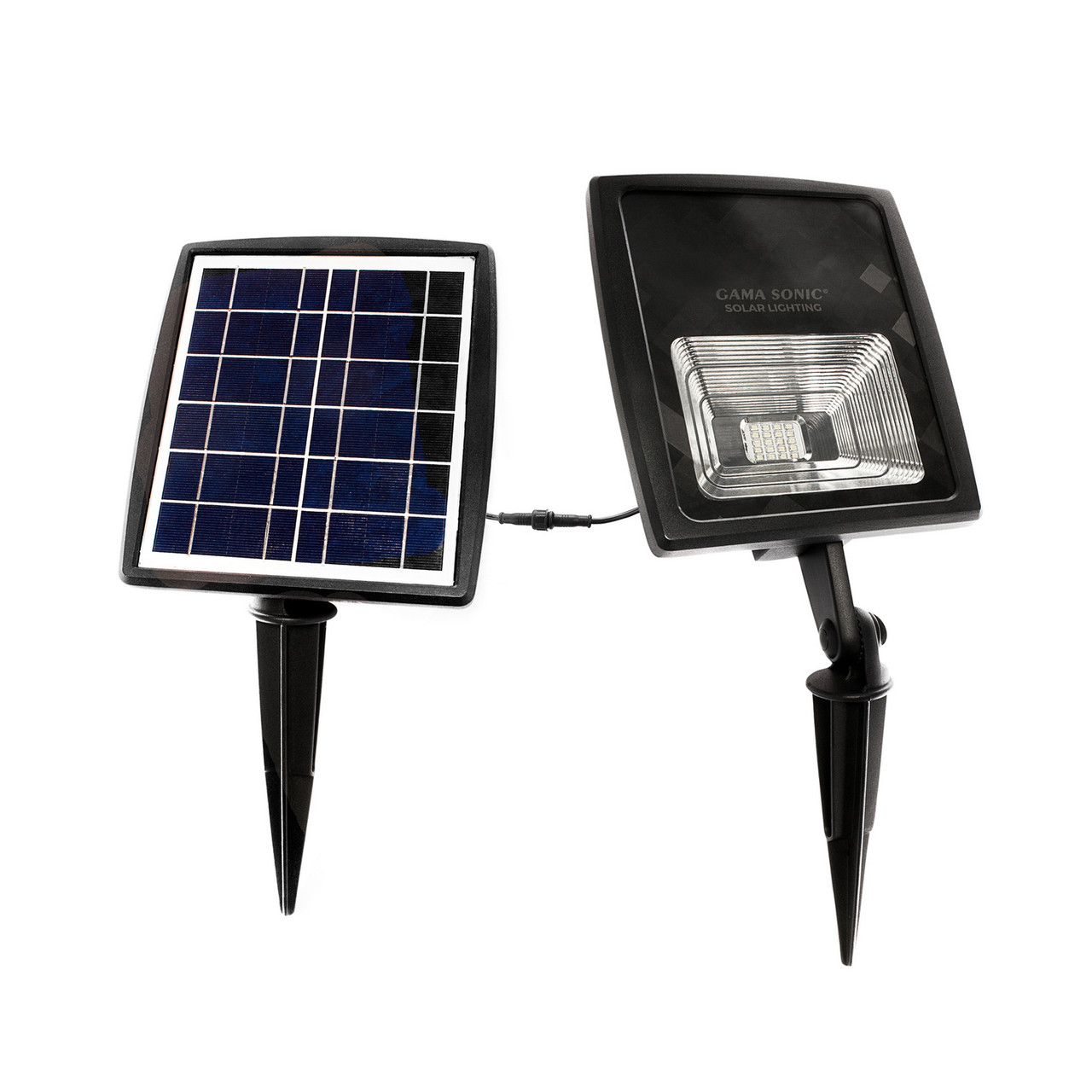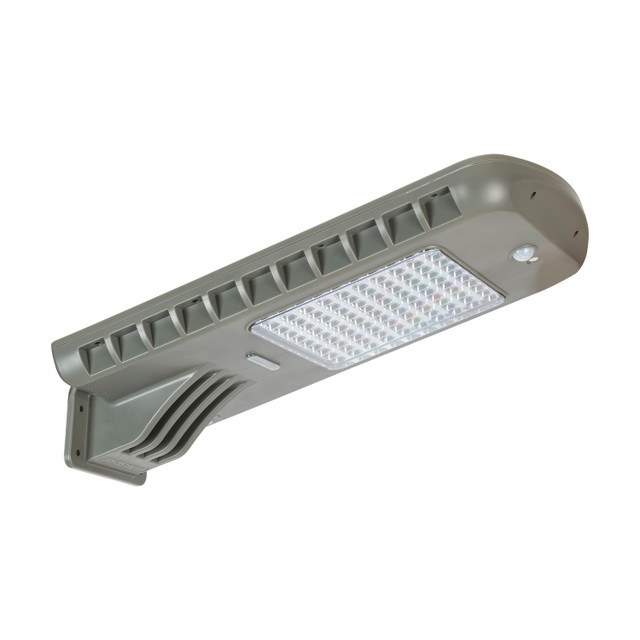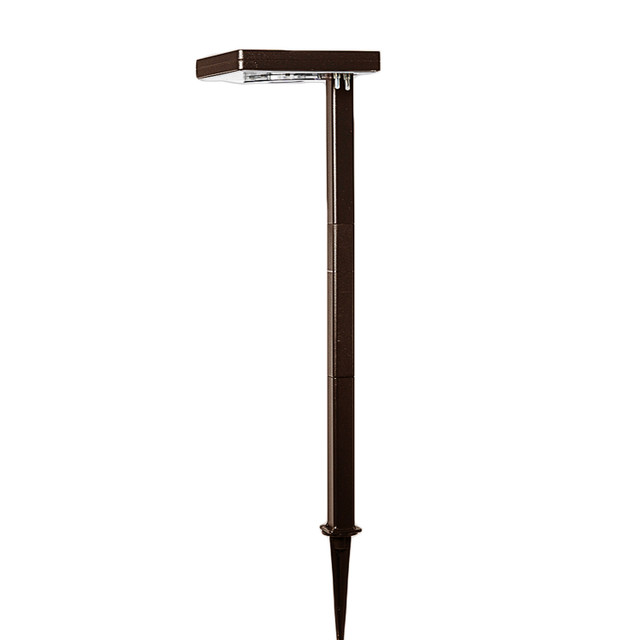Solar Outdoor Lights: The Complete Guide
Sep 9th 2025 Staff
Table of Contents:
- Why Solar Outdoor Lighting Is Taking Over Yards and Patios
- Our Top Sellers
- The Main Problems Solar Outdoor Lights Solve
- Breaking Down the Categories of Solar Outdoor Fixtures
- Customers Recently Bought
- Comparing Solar Outdoor Lights to Wired & Low-Voltage Options
- Where to Use Them for Maximum Impact
- Installation Tips You Won’t Find on the Box
- Maintenance and Longevity Hacks
- Butler's Best-Rated Solar Outdoor Lights This Year
- Conclusion: Designing an Outdoor Space That Works Day and Night
Why Solar Outdoor Lighting Is Taking Over Yards and Patios
Solar powered outdoor lighting fixtures are taking over yards and patios because they are environmentally friendly, cost effective, and easy to install. Keep your outdoor areas well lit and your energy bill low with solar outdoor lighting
Our Top Sellers
The Main Problems Solar Outdoor Lights Solve
Outdoor solar lights can solve a variety of problems for homeowners. They are a quick and simple solution for adding light to your outdoor spaces. We proudly partner with Gama Sonic and Vaxcel, brands that offer end to end bulbs and fixtures for customers looking to start their outdoor solar lighting journey.

No Wiring or Trenching
Outdoor solar lights don’t require any wiring or trenching to install. Since these lights are powered by built-in solar panels and rechargeable batteries, you can place them anywhere.
Safety and Security at Night
Outdoor solar lights improve safety and security of your home by illuminating walkways, driveways, and doorways. This reduces the risk of trips and falls in the dark. Lights can also help deter intruders by keeping outdoor spaces well lit.
Low-Cost Ambiance for Entertaining
Outdoor solar lights are a low-cost way to create a warm, inviting atmosphere for gatherings. Whether you want to use string lights or decorative lanterns, these lights are an easy way to add ambiance to your outdoor space without adding cost.
Breaking Down the Categories of Solar Outdoor Fixtures
Solar outdoor fixtures come in several categories to suit different needs. Accent lighting, task lighting, heavy-duty lighting, and decorative lighting are all different types of fixtures that can be used in your outdoor space. Below is a breakout of these different categories:
Accent Lights for Landscaping
These types of fixtures are a great way to highlight landscaping. Adding light to trees and gardens adds depth and beauty to your yard. Accent lights are also a great way to enhance architectural elements in your outdoor space.
Task Lighting for Paths and Steps
Task lighting fixtures, such as path and step lights, provide practical illumination that improves the safety of your outdoor space. These lights are great for preventing trips and falls as well as deterring intruders. These self-contained, easy-to-install fixtures provide targeted illumination where it's needed most.
Heavy-Duty Security and Flood Lights
Solar outdoor heavy-duty lights use the sun's energy to power bright, long-lasting illumination. These types of lighting fixtures are designed for automatic nighttime operation with enhanced security through motion-sensing technology that deters intruders and animals. These types of fixtures are also resilient against power outages.
Decorative Statement Pieces (lanterns, hanging, table lamps)
Decorative solar outdoor statement fixtures combine aesthetic appeal with practical advantages. These lighting fixtures can transform your outdoor space by creating visual interest and an inviting ambiance while still being eco-friendly and cost-effective. These unique fixtures add charm and personality to your space.
Customers Recently Bought
Comparing Solar Outdoor Lights to Wired & Low-Voltage Options
Compared to wired and low-voltage options, solar outdoor lights are more affordable and are easier to use. Solar outdoor lights have no need for professional installation. Solar outdoor lights also perform well in most weather conditions. Wired and low-voltage options generally offer stronger, adjustable illumination.
Upfront Cost vs. Lifetime Savings
Solar outdoor lights typically have a lower upfront cost since they don’t require wiring, trenching, or professional installation. The real value, however, comes from lifetime savings because they operate entirely on free solar energy.
Reliability in All Weather Conditions
Solar outdoor lights are designed to withstand various weather conditions, making them a reliable choice in any weather condition. Most fixtures are built with durable, weather-resistant materials that can handle rain, snow, and heat.
Brightness and Control Differences
Wired or low-voltage lighting options tend to offer brighter illumination. Though newer models are becoming increasingly bright and efficient, solar lights generally produce a softer, ambient glow. Additionally, wired options often provide greater flexibility with adjustable brightness levels, timers, and integration with smart home systems, while solar lights prioritize simplicity and energy savings.
Where to Use Them for Maximum Impact
To maximize the impact of solar outdoor lights, place them in direct sunlight for at least 6 to 8 hours daily. It is best to avoid areas near competing light sources (like streetlights) or areas with a lot of shade. Strategic placement can help maximize the impact of the lighting which can improve safety and enhance the ambiance of your space.
- Walkways/Driveways: Stagger lights on alternating sides of walkways and driveways to both create visual interest and illuminate the path clearly.
- Stairways: Install step lights on the risers of stairs on decks or porches to improve safety at night and add a polished look.
- Elevated Areas: Mount floodlights on walls or trees to illuminate dark corners of your property. A higher placement allows for wider illumination and visibility.
Installation Tips You Won’t Find on the Box
- Design Your Layout: Create a plan based on your unique space to decide where you want to place your lights and what kind of lighting fixtures you need.
- Select Complementary Styles: Choose light fixtures and finishes that will blend well with your existing landscaping.
- Consider Seasonal Shifts: The sun's path changes seasonally, so think about how shadows and shady areas will affect how much direct sunlight your fixtures are absorbing.
Maintenance and Longevity Hacks
To get the most out of solar outdoor lights, a little maintenance goes a long way. Regularly cleaning the solar panels helps maximize sunlight absorption and ensures reliable performance. Batteries usually need replacing every 1 or 2 years. For smaller, decorative lights like string lights or lanterns, storing them indoors during the off-season extends their lifespan.
Cleaning Panels and Sensors
To clean outdoor solar light panels and sensors, first turn off the power, then dust them with a dry cloth. Next, gently wipe the panels with a soft, damp microfiber cloth using a mixture of water and a mild soap.
When to Replace Batteries or Fixtures
Replace solar light batteries every 1 to 2 years. If you notice that the lights are dim, only stay on for short periods, or don't charge at all, then the batteries or fixtures may require replacement.
Storing Decorative Lights in Off-Season
Storing decorative lights during the off-season is a great way to prevent weather related damage. Store the lights indoors in a cool, dry place, making sure the solar panels receive some light to maintain the batteries' charge.
Butler's Best-Rated Solar Outdoor Lights This Year
Our versatile outdoor lighting options allow you to highlight your home’s exterior and enjoy your outdoor spaces day or night. With durable designs and energy-efficient options, our outdoor lights are built to last. We partner with Gama Sonic and Vaxcel to offer you the best options in outdoor solar lighting.
Conclusion: Designing an Outdoor Space That Works Day and Night
Designing an outdoor space that can be enjoyed day and night is easy with outdoor solar lights. During the day, well-placed solar fixtures blend seamlessly into your landscaping. At night, they add light to pathways, patios, and gardens to create a safe, inviting, and visually appealing space.

